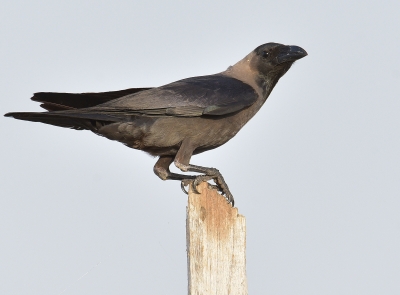
Turtles in the Kingdom of Saudi Arabia are amphibious animals with a short, broad body and slow movement. They are encased in a bony shell consisting of two shields: the carapace, which is a domed dorsal shell, and the plastron, which is a flat ventral shell. These shells have openings that allow the turtle to extend its front and hind limbs, head, and tail. The turtle's slow movement is attributed to the weight of its protective bony shell. Turtles are long-lived creatures, with some species reaching hundreds of years of age. They have sharp vision, while their sense of hearing is nearly nonexistent. Additionally, turtles do not produce sounds.
Presence of turtles in Saudi Arabia
There are three families of turtles in the Kingdom of Saudi Arabia. The first is marine turtles, which include two species. The second is freshwater turtles, and the third is side-necked turtles, which has only one species. Saudi Arabia’s coastlines and marine islands provide suitable nesting grounds for marine turtles, including two endangered species: the hawksbill turtle and the green turtle. A third species is extremely rare and has been recorded only twice in Saudi waters—once in the Arabian Gulf and once in the northern Red Sea. Jana Island and Karan Island, located in the Arabian Gulf, are considered the primary nesting sites for hawksbill turtles and green turtles.
The green turtle
The green turtle is large, reaching a length of about one m and an average weight of 250 kg. It has an olive-brown shell with yellow spots, and its large head prevents it from retracting into its shell. Green turtles can swim at speeds of up to thirty km/h, though only for short distances. They can also stay underwater for up to one hour without surfacing for air. In Saudi Arabia, green turtles are found in the northern and southern Red Sea, as well as on the coasts of certain Arabian Gulf islands.
Hawksbill turtle
The hawksbill turtle is found in Saudi Arabia’s Arabian Gulf. It is smaller than hawksbill turtles found in other parts of the world, reaching a length of ninety cm. Its upper jaw is pointed and longer than the lower jaw, giving it a beak-like appearance, which is the reason for its name.
Freshwater turtles
Freshwater turtles inhabit drainage and irrigation waters in the Eastern Province. They have medium-sized bony shells and triangular-shaped heads with yellow stripes. Their diet consists of small fish and aquatic larvae. In Saudi Arabia, these turtles are at risk of extinction due to environmental changes affecting their habitat and overhunting, either for recreational purposes or as food for some expatriate communities living in Saudi Arabia.
Side-necked turtles
Side-necked turtles are found in the west and southwest of Saudi Arabia. They are small and inhabit freshwater environments, often seen near wells.
Efforts to protect turtles in Saudi Arabia
Saudi Arabia has undertaken official efforts to protect turtles. One such initiative is led by the General Organization for Conservation of Coral Reefs and Marine Turtles in the Red Sea (Shams), which announced in 2024 the discovery of the largest recorded nesting site for marine turtles in the Red Sea, documenting more than 2,500 marine turtle nests. This initiative is part of efforts to enhance knowledge about marine turtles, their natural habitats in the Red Sea, and their sustainability and protection.
As part of this discovery, Shams designated the Four Sisters Islands—Marmar, Dahrab, Malathu, and Jadeer—as a protected nesting habitat for these turtles. These islands are recognized for their high density of endangered marine turtle nesting sites in the Red Sea. Since turtles return to the same nesting sites year after year, protecting these locations is crucial for the survival of these species. The four islands host large populations of turtles, including the green turtle and the hawksbill turtle.
The Red Sea Global company also contributes to turtle conservation in collaboration with the National Center for Wildlife. The company announced the rehabilitation and release of rare turtles back into their natural habitat after recovering from conditions that left them unable to dive, including cases of buoyancy disorder syndrome, which prevents them from diving and foraging freely. These turtles are transported to a specialized center in Jeddah for treatment, rehabilitation, and eventual reintroduction into the wild.
Additionally, Red Sea Global, in partnership with King Abdullah University of Science and Technology (KAUST), launched the Turtle Tracking Program in the project area. The program aims to study the local marine environment and its species, establish sustainable development standards, and track migration patterns, distribution, habitats, and nesting sites. By gathering scientific data, the program helps develop strategies for monitoring and protecting turtles, ensuring their role in sustainable eco-tourism.
Related quizzes
Related articles


